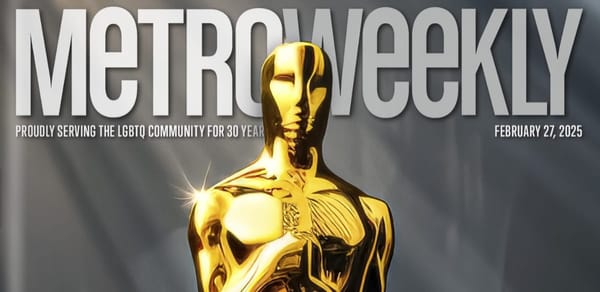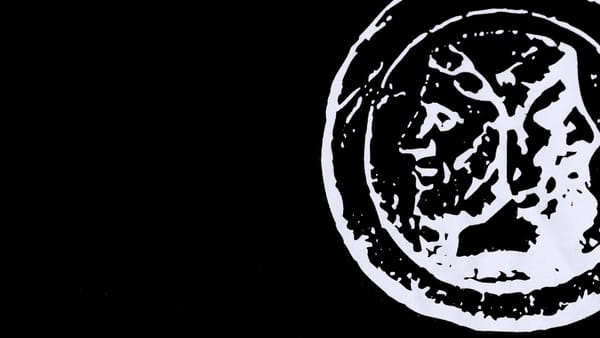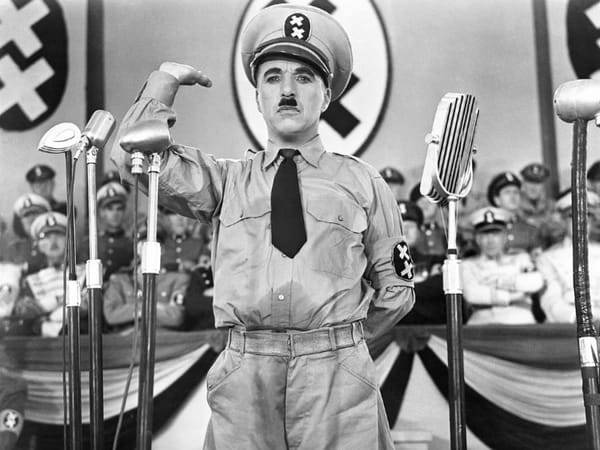A Beginner's Guide to Classic Cinema
If you’re new to classic movies—or haven’t seem many since your freshman film seminar—here are 35 great starting points.
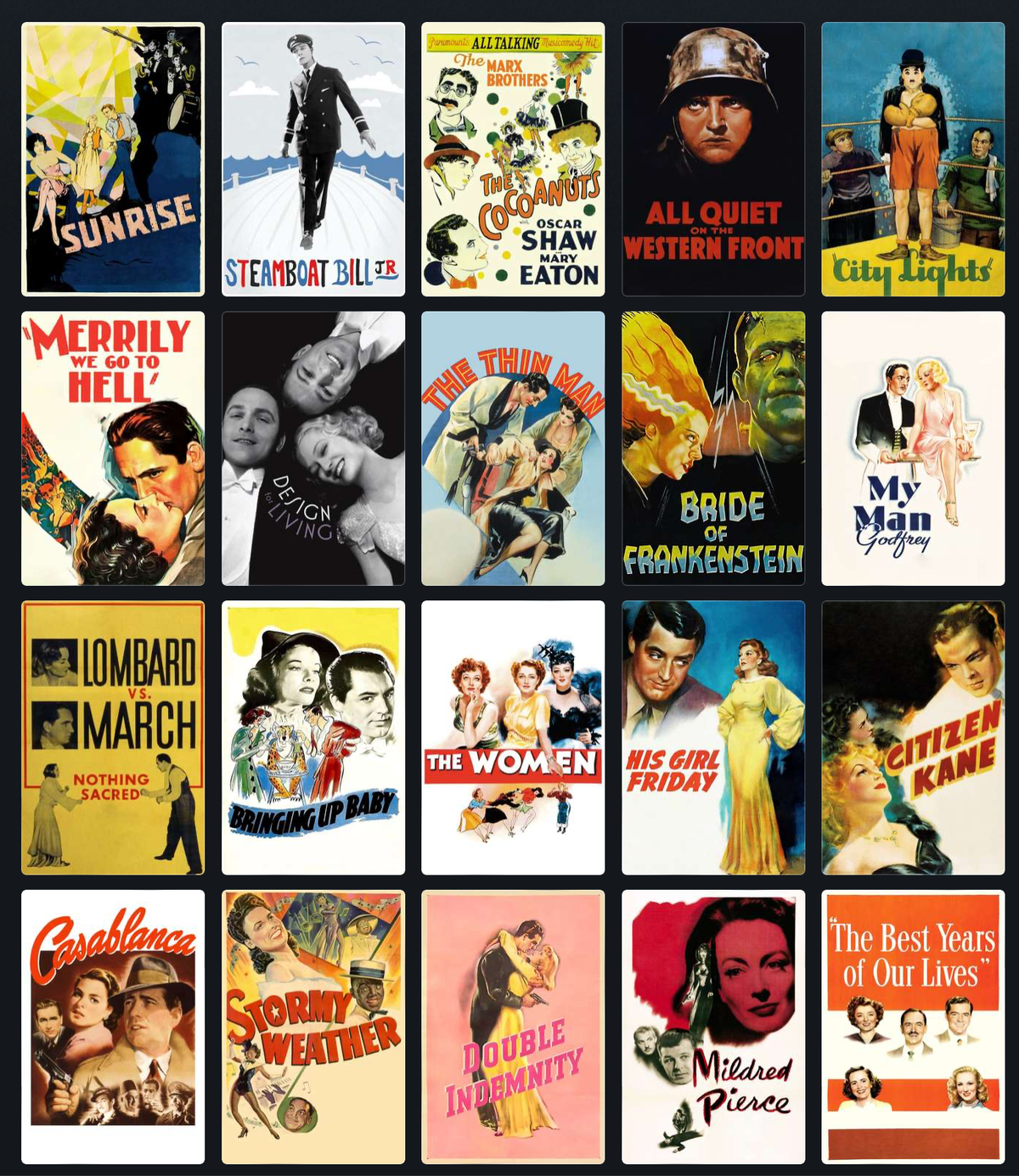
Welcome to Reading Movies, I’m your host, Paul Klein.
Last year, roughly 335 American releases lit-up domestic theater screens. If you watched only those films that received a theatrical release, and ignored those movies released straight to streaming, it would still take you eleven months to get through the entire box office offering. Our cinematic cups runneth over.
The constant stream of movies rolls heavy and becomes a cascade when we look to the past. In 1942, for example, American studios released 488 films. That’s 153 titles more than the number released last year. How do we keep up when we’re drowning in movies?
Because I research and write about classic American film and exhibition, friends and followers online often ask where they should start when it comes to watching classic movies. They express a few common sentiments along the lines of, “How will I know what I will like?”
And though an entire cottage industry exists to compile ‘Best Of’ lists that aim to cover thousands of ‘movies you should see before you die,’ many of these lists make enjoying movies feel like homework.
A variety of methods exist for expanding your cinematic palette.
Identifying key names will point you in the direction of new-to-you classic films. Look for other movies that feature a star you enjoyed. And even during the studio system, many directors found ways to stamp their movies, so pay attention to the credits. If you thought George Cukor’s The Women (1939) spoke intriguingly about women, you may also find his 1949 Hepburn-Tracy vehicle Adam’s Rib (1949) worthwhile.
Periodization—knowing which time periods produce films you connect with—also helps viewers start somewhere. Find those years or decades that seem to produce great films that you like and work outwards from there. No wonder so many people talk about 1939 as Hollywood’s greatest moment.
Genre helps organize both narratives and historical time and space. It's also a relatively easy shorthand for parsing through a significant quantity of titles. Comedy lovers can explore a wealth of cinematic pratfalls from Steamboat Bill, Jr. (1928, Buster Keaton & Charles Reisner) to Some Like It Hot (1959, Billy Wilder), while those who feed off drama can program double features like Merrily We Go to Hell (1932, Dorothy Arzner) with All About Eve (1950, Joseph L. Mankiewicz).
But even these methods require that you know where to start. As much as genre helpfully arranges films, for example, it also limits how we experience films. Classic films often offer a grab bag of generic conventions. The Bride of Frankenstein (1935, James Whale) incorporates science fiction, straight comedy, and self-conscious camp into its gothic horror—quite a punch for its 75 minute run time! Or if the thought of the film western calls to mind hagiographic views of America’s brutal past, you might be tempted to skip over a film like The Searchers (1956, John Ford). But in doing so, you’ll miss out the western’s mythic project of attempting to reconcile the absolute irreconcilability of the American experience.
Ultimately, the best way to dive into the great American back catalog is to cast a wide net and find what you enjoy, regardless of what any Best Of list or Rotten Tomato score might tell you.
And to help you get started, I’ve put together a Beginner’s Guide to Classic American Cinema.
Think of these 35 films as PT’s Classic Movies 101. If you’re new to classic movies—or haven’t seem many since your freshman film seminar—here are 35 great starting points. And even if you’re an experienced cinephile with thousands of punches on your AMC Stubs card, I hope that this list encourages you to fill in a blind spot or to revisit a forgotten favorite.
A few highlights:

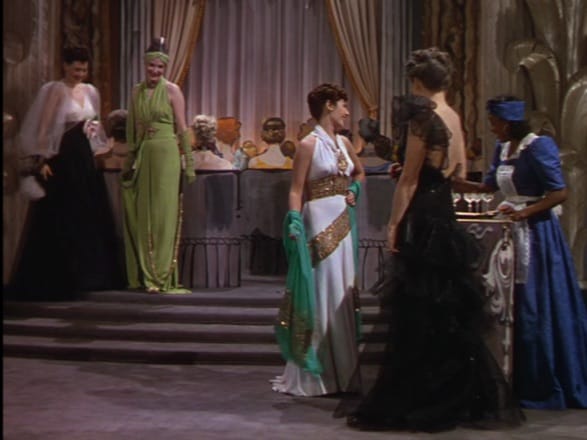
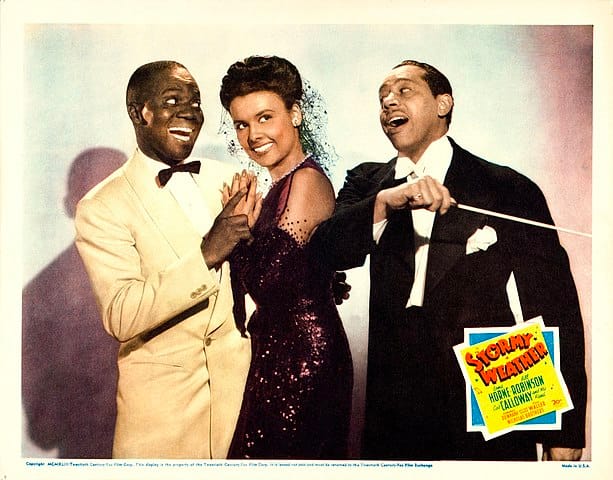
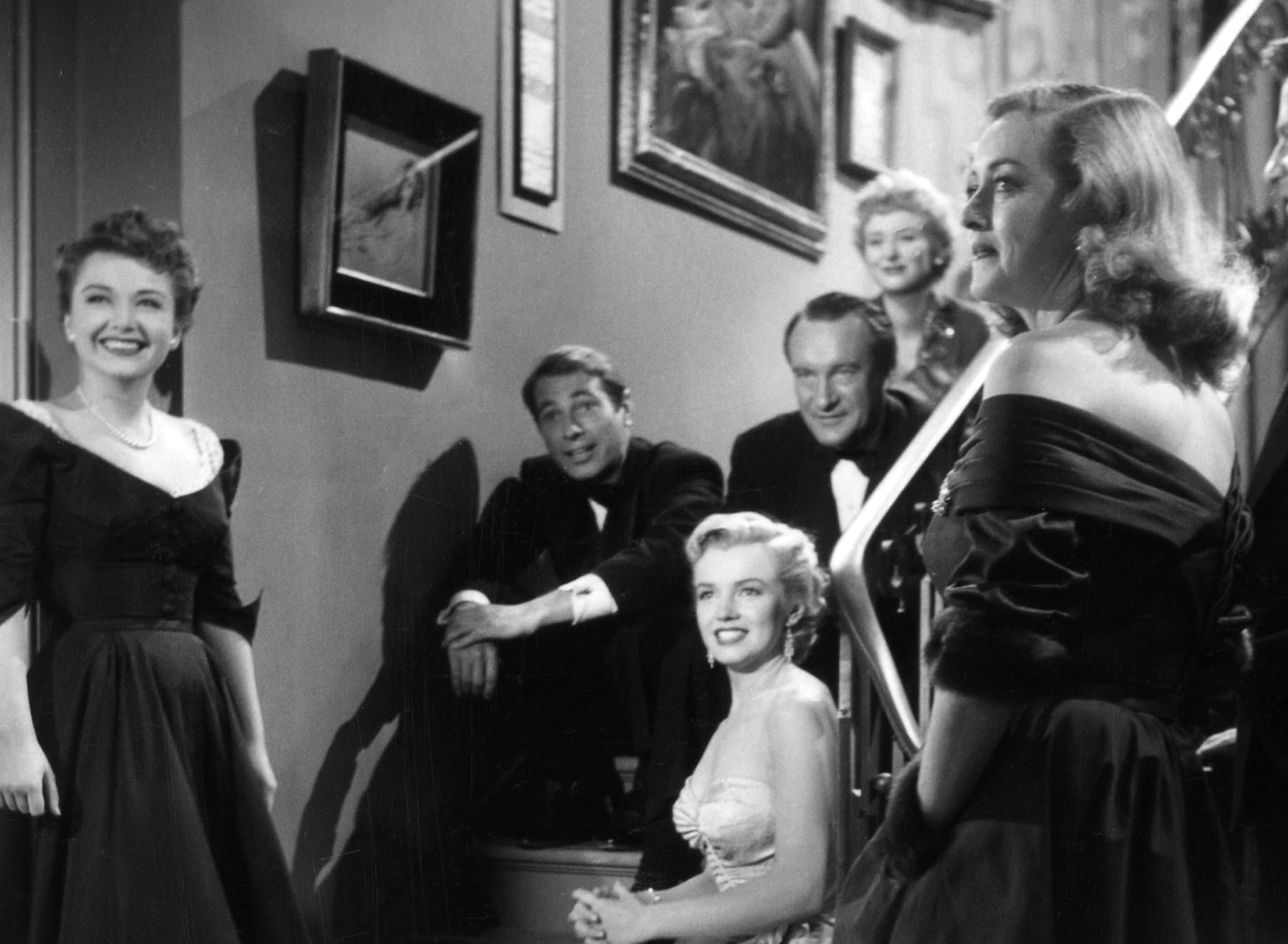
Clockwise from top: The title card from City Lights (1931, Charlie Chaplin); a Technicolor fashion show interrupts a film that's all about men, George Cukor's The Women (1939); a colorized lobby card for Andrew Stone's 1943 Stormy Weather starring Bill Robinson, Lena Horne, and Cab Calloway; a still from Joseph Mankiewicz's 1950 drama All About Eve.
City Lights (1931, Charlie Chaplin)
Chaplin’s Tramp, one of the most recognizable images of the twentieth century, wanders through the world like Walter Benjamin’s flâneur. Part spectator, part actor, every Tramp outing highlights the alienation imposed by modernity. Chaplin score preservationist and composer Timothy Brock says that Chaplin’s magic touch is making you walk away from every picture “feeling closer to humanity.” Equal parts guffaws and tears, City Lights proves this.
The Women (1939, George Cukor)
The Women is Real Housewives seventy years before reality television, and with more comedy and far more heart than the Countess will ever acquire. An all-star cast—Norma Shearer, Joan Crawford, Rosalind Russell, Paulette Goddard, Joan Fontaine, Marjorie Main, to name only a few—anchor an incredible film that goes without a single male speaking role. The six-minute Technicolor fashion show in the middle of this black-and-white classic nearly stops the show.
Stormy Weather (1943, Andrew Stone)
Hollywood’s track record with race is, in a word, abysmal. Films like Stormy Weather can’t absolve Hollywood’s participation in, nor its production of, America’s worst instincts. But ignoring the radical possibilities posited by a cast like this at the height of their respective powers leaves our understanding of both past and present thinner and less meaningful.
All About Eve (1950, Joseph L. Mankiewicz)
All About Eve has everything: aging stars, sociopathic ingenues, evil homosexuals, Marilyn Monroe! If you still don’t know where to start on your classic film journey, this is the place. Nominated for fourteen Oscars, including double nominations in both Best Actress and Best Supporting Actress, All About Eve proves that midcentury American dramas are dynamic, complex, and absorbing.
With this list, hopefully you’re better equipped to dive right and discover the bounty of classic American filmmaking.
“Now, Voyager, sail thou forth to seek and find," and until next time, I’ll see you at the movies!
PT
🤔 What do you think? Lists like these are really an impossible project. If you were going to help someone get into watching classic films, what movies would you show them? Join the conversation on Bluesky or Letterboxd, or send me an email at paul@howtoreadmovies.com!
🧟♂️ Psst! Did you miss my thoughts on why we love monsters? Read how we connect with men in makeup and rubber suits in the previous issue of Reading Movies here.
